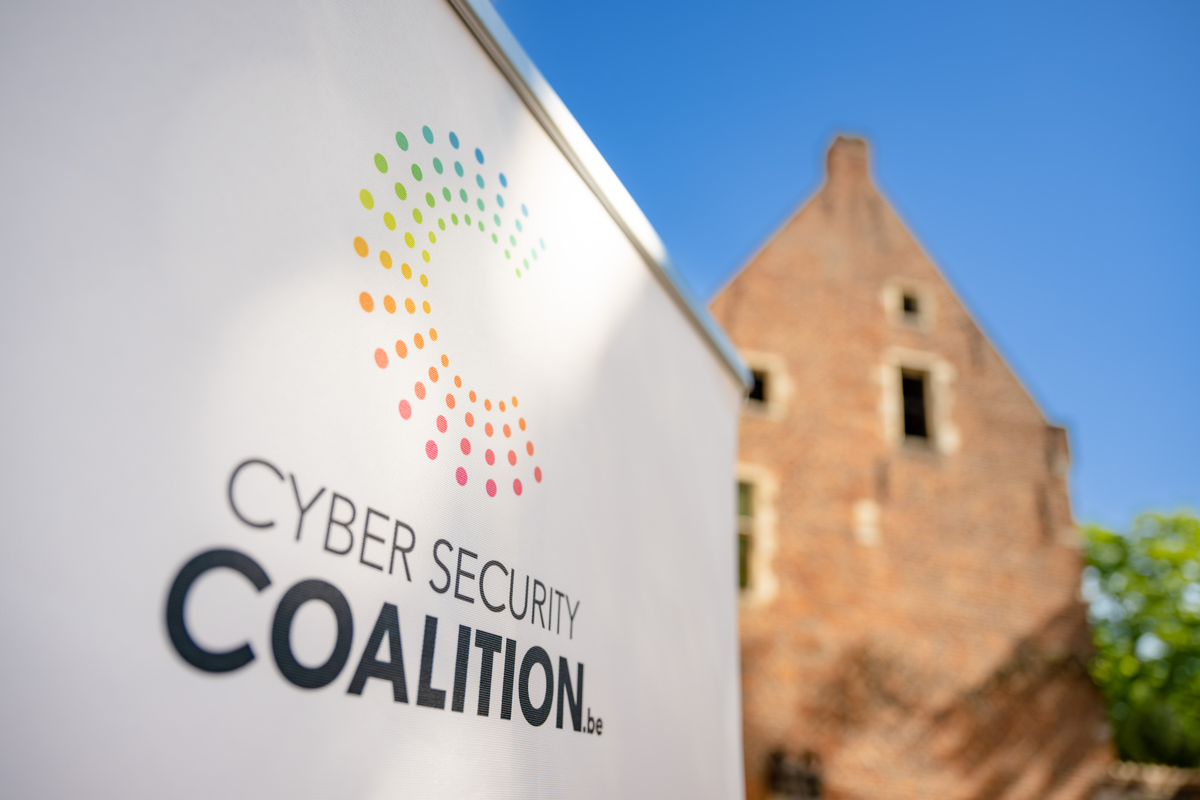ChatGPT is just over a year old and the arrival of the smart chatbot caused great enthusiasm about AI worldwide. Now that more and more people are using the technology of generative AI, more and more companies are gradually realizing its added value. David Dab, Microsoft’s National Technology Officer: “AI is not new, but we have passed an important turning point, because for the first time many people can understand and see what the impact of AI can be. ChatGPT has really democratized AI, not just in terms of awareness, but sheer power and ease of use.”
Yet the technology raises concern among many people. “It is simply not always used for good purposes. For example, hackers can develop key components of a large-scale, sophisticated attack with the snap of a finger,” David continues. In response, Microsoft has set up the Secure Future Initiative. “It has three pillars, focused on AI-based cyber defences, advances in fundamental software engineering, and advocacy for stronger application of international norms to protect civilians from cyber threats. With regard to our products, we will use AI to detect threats faster and more effectively. After all, only by fighting with equal weapons can we make the lives of hackers a lot more difficult and their criminal business less attractive.”
AI technology can also help address the shortage of cyber professionals. “We cannot ignore it: we will not get there with people alone. That is why AI in cybersecurity is an absolute must. At Microsoft we’ve developed our own AI tool: Microsoft Security Copilot. It is an assistant that can take over a number of routine tasks from the cyber professional. AI can make very accurate vulnerability analyzes and predictions based on data. This should help cyber professionals identify suspicious activities more quickly.”
Stronger together
The use of AI in new and more secure software is an important step forward. Microsoft is also taking measures to combat identity fraud. “This is crucial because in the past year the number of cases of identity theft has increased tenfold. Therefore, we will also develop a new protocol and more consistent method for account verification. Finally, if we look at the speed at which the attacks are coming our way today, we simply need to respond faster and implement our security updates more quickly to ensure that there are no holes in our defence wall. AI will contribute to this as well.”
In this way, Microsoft hopes to better protect itself and its customers against the increasingly bold attack methods of hackers. “In that context, cooperation between the public and private sectors must also be intensified. I see an important role for the Cyber Security Coalition in this because it is precisely by sharing experiences with each other and joining forces that we can make progress faster. More than ever, cyber security is a shared responsibility,” concludes David Dab.

2023: ACTIVITY REPORT OF THE CYBER SECURITY COALITION




